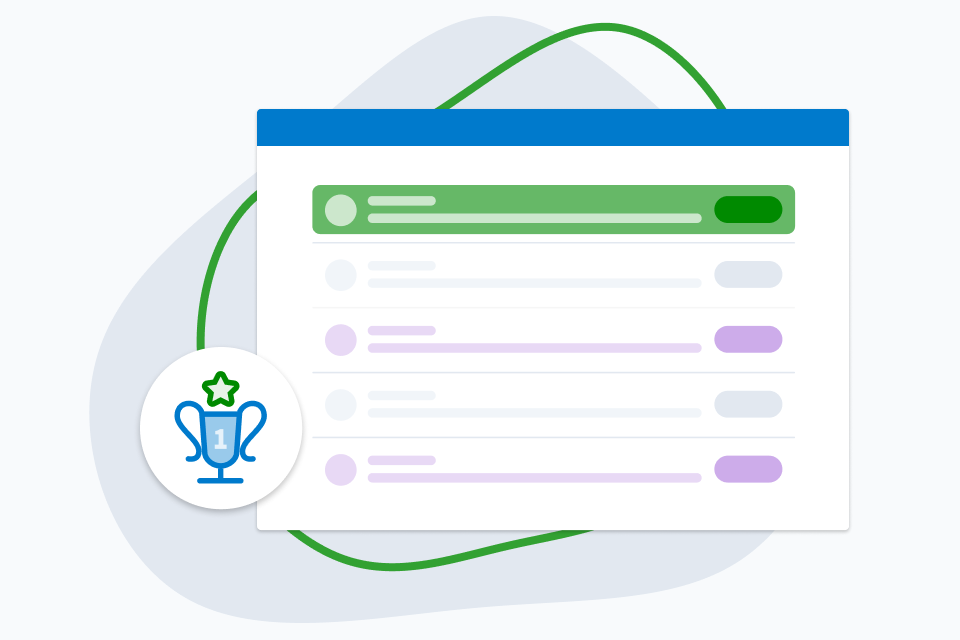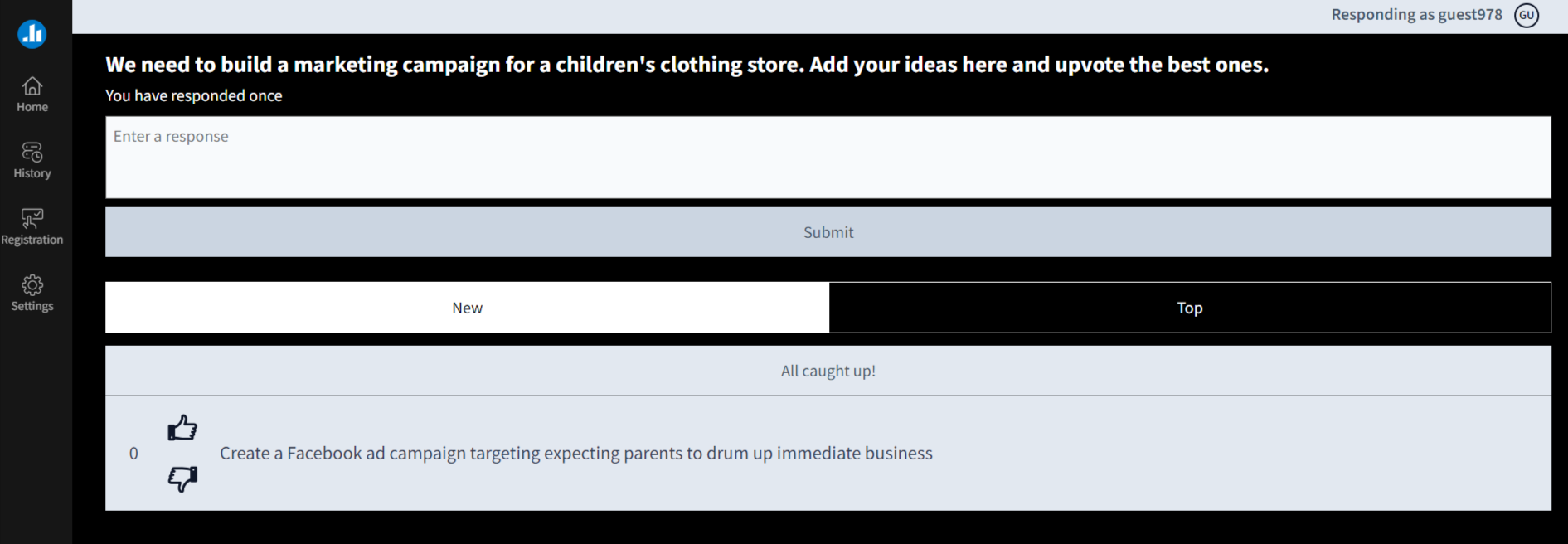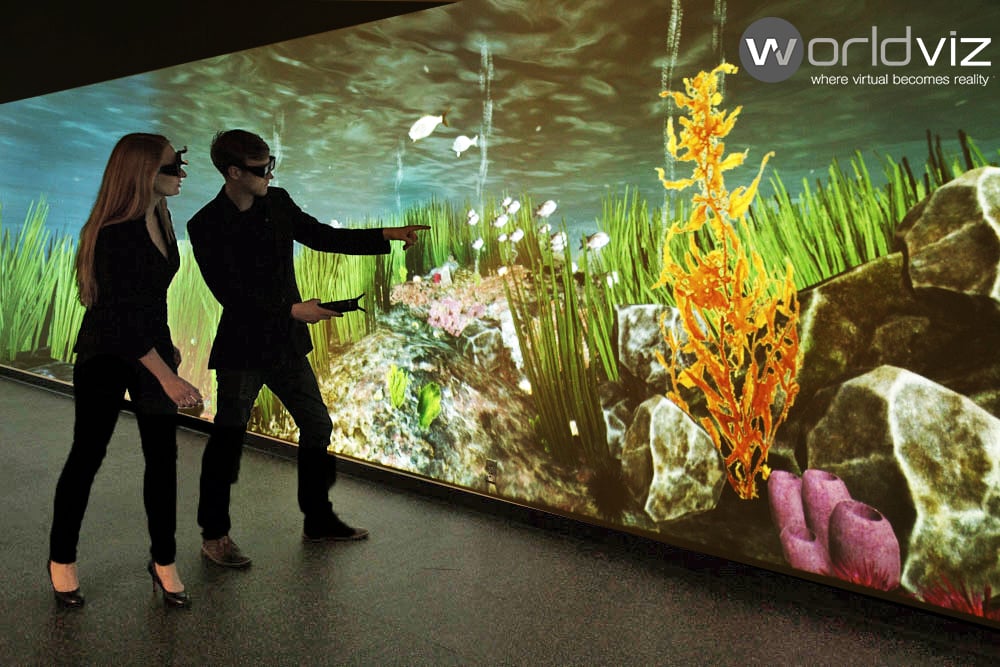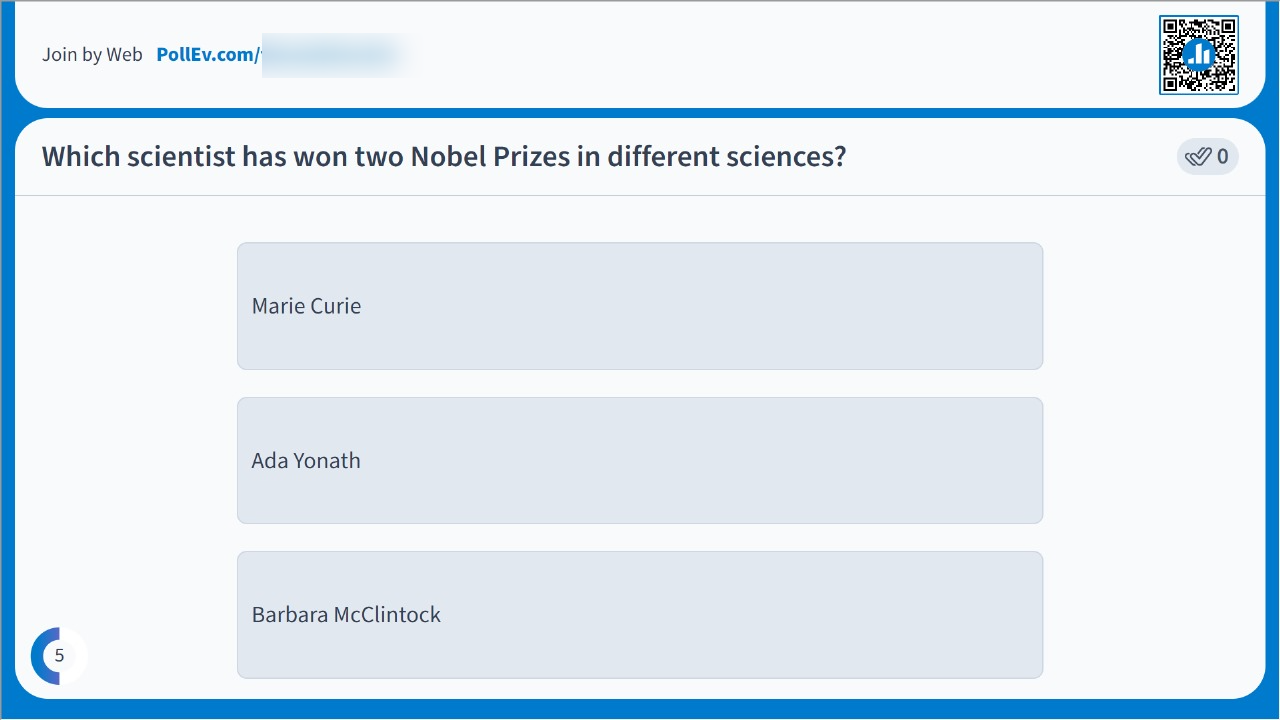19 Engagement Activities for to Make Learning Fun for Students

As a university professor, you're no stranger to a couple of blank faces staring up at you while delivering a lecture. Students already have too many things on their plates, and it's becoming harder to hold their attention in the classroom.
When you add complicated topics and monotonous routines to the mix, it only gets worse. This is why it's important to spend time on engagement activities for students to keep them interested in the subject matter and improve retention.
A 2022 study found that gamification improves feelings of enjoyment and self-efficacy, in turn improving student engagement. Another study found that while this method is gaining traction in higher education due to its positive effects, it’s only effective when it’s planned out well.
To help you do that, we’ve curated a list of 19 student engagement activities to help you create a learning environment that students look forward to being in.
1. Find someone who…
Typically used for icebreaker activities, this activity can also help students review course material while creating a sense of community among them.
You need to create a list of notes that contain statements, questions, or things related to usual student interests. Hand one note to each student and ask them to find classmates who match the statement or have the answer to a particular question.
For example, if a note says, “Find someone who loves non-fiction writing,” the student has to find somebody with that interest.
You can even use this method to review questions before an exam. For instance, create a pair of cards with a question and corresponding answer. Hand students the cards and ask them to find a partner who holds the right card.
2. Thumbs up/thumbs down
This student engagement strategy is a straightforward method to gauge if students understand particular concepts or to check their knowledge of specific topics.
You must read specific statements like “There are seven noble gasses in the periodic table,” and students must respond with a thumbs up or down to represent “true” or “false.” Based on the number of responses, you can see if students retain what you're teaching and use that feedback to improve your lectures.
If you want a faster and easier way to record student responses, use a Poll Everywhere Multiple Choice question. Type your statements into the prompt section and make the two multiple choice options “true” or “false”. Students will be able to choose using any device. The poll will record the responses and save it to your account, which you can easily access after class is over.
This activity also creates a more inclusive atmosphere by removing public speaking anxiety.
3. Secret answer
Peer pressure can impact how students answer a certain question. For instance, if you ask them to upvote/downvote an answer, some might get influenced by other students. In that case, you can't gauge who hasn't understood the concept.
Instead, use the secret answer method. If it's in person, ask students to write down their answers and hand them to you. If it's an online learning session, use polling software like Poll Everywhere to create multiple choice questions and ask students to choose their answers.

A multiple choice question activity in Poll Everywhere
4. Anecdotes
How often have you been asked about the real-world applications of a concept? When a student asks such a question, it shows that they’re trying to determine how to apply theory to practical situations. It creates a sense of relatability, making it easier to understand.
Incorporate real-world applications and stories from successful case studies. For example, if you're teaching an economics class, provide case studies or stories of failed policies to make your point. You can also ask students to research case studies that fit this concept.
This helps them apply the concepts they learn at university at work, shaping the way they think about problems while achieving their learning goals.
5. Enactments
While take-home assignments and lectures reinforce knowledge, adding a role-playing element makes it more enjoyable.
For example, if you're conducting a history lecture, ask students to re-enact a historical event or speech. If you're conducting a chemistry lecture, ask students to role-play as chemicals and create a skit. This forces them to think of the topic in greater depth and better understand how it works.
6. Assumption busting
Everybody has preconceived notions about specific topics, but challenging these notions promotes critical thinking. In this activity, you can do just that while guiding students through the process of questioning and analysis to test the validity of these assumptions.
Mention a specific topic and ask students what comes to mind when they think of it. For example, if you're teaching a social sciences class, list out societal stereotypes related to that topic to uncover biases and inaccuracies. After that, take them through the process of fact-checking and narrative-building to see how the stereotype came to be.
This prevents them from taking anything at face value and always doing their due diligence.
7. Brainstorming sessions
When there are too many people, introverted students might not share their ideas. Conduct a brainstorming session to generate new ideas while letting them explore their creative skills.
You have to present a question or topic and then encourage students to share their ideas freely. For instance, use a student engagement tool like a Poll Everywhere to create a Q&A Activity. Let students send in their ideas and allow others to upvote or downvote answers.
It's a particularly effective method for initiating research projects, developing essays, or tackling complex topics.

Brainstorming activity in Poll Everywhere
8. Fishbone technique
Also known as the Ishikawa or Cause and Effect Diagram, the fishbone diagram is a structured method for identifying and analyzing the root causes of a problem. It can be an excellent tool for developing critical thinking and problem-solving skills.
First, identify the issue and write it at the head of the “fish,” then determine potential causes for that problem and form the “bones.”
Common categories include methods, equipment, people, materials, environment, and policies, but these can be adapted to fit the context of the problem. Students brainstorm potential causes within these categories, adding them to the appropriate “bones.” This visual representation helps organize thoughts and see how various factors interrelate.
An example of a fishbone diagram
9. A to Z topic summary
In the A to Z topic summary activity, students are tasked with summarizing a topic by finding relevant terms corresponding to each letter of the alphabet.
For example, in biochemistry, that would be the following:
- Alanine
- Bilirubin
- Cysteine
It's a good idea to use it as a study aid or to wrap up a specific unit in the curriculum. It also helps with memory retention. Students actively engage in the process, creating a fun way to interact with the material.
10. Jot it down
Jot it down is an engagement activity that encourages active listening in the classroom. During a lecture or discussion, give students time to “jot down” points, thoughts, or questions about the topic.
Do this regularly or carve out time for quick writing at the end of each session so that students make this a habit. For example, at the end of the session, ask them to write down the main takeaways of the lesson and any related questions. Using those notes, students can do further research to learn more about the topic. The goal is to create a habit of making your own notes while improving knowledge retention.
11. 5-minute debate
Argumentative skills are important, as you’re always expected to defend your ideas and notions. When you help students learn this skill, they’re much more likely to develop nuanced arguments to put their ideas forward. In this exercise, give your whole class a topic on the spot and 10 minutes to prepare their arguments.
You can either do this individually or create small groups. Give them 10 minutes to present their arguments, and they can counter after the other side has given their reasoning. This activity not only encourages students to think quickly but to articulate their thoughts under pressure.
You don’t have to do this with only the subject matter. Instead, make it fun using prompts like:
- Would you breathe underwater or in space?
- Does social media cause more harm than good?
- All families should have a pet. Yes or no?
12. Bounce cards
This activity allows students to develop their listening and engagement skills. Students need to bounce an idea off of what their peers say.
Give each student a card with a list of prompts, questions, or statements related to the lesson and put them in pairs. Every pair goes through the list of prompts one after the other. Their partner has to give an answer to each prompt, as it digs deeper into the topic. The idea is to allow each student to give a clear reasoning for their thought process.
Here’s an example of what a prompt list would look like:
- Student 1: Do you think student loans should be forgiven if the government wants more skilled workers?
- Student 2: Yes, I do.
- Student 1: Why do you say so?
- Student 2: Well, because…
- Student 1: That’s an excellent point. But I think…
- Student 2: I see your point about “...” but what about…?
The goal is to encourage them to get thoughtful responses to the questions instead of point-blank answers. That's why they need to listen carefully and ask follow-up questions. It also enables quieter students to participate in the conversation.
13. Kipling questions
Based on Rudyard Kipling’s poem, “I Keep Six Honest Serving Men,” you need to question the topic at hand using the six Ws:
- Who
- What
- When
- Where
- Why
- How
The technique encourages students to explore a topic comprehensively by asking these fundamental questions. For example, if your students practice their comprehension skills using a story, use these prompts to develop their understanding of the topic, improving their skills.
This activity can be used for individual reflection, group discussions, or frameworks for research projects, as it empowers students to think deeply and from multiple perspectives.
14. Inside-outside circles
In this setup, students form two concentric circles: an inner circle facing outward and an outer circle facing inward. Each student in the inner circle pairs up with a student in the outer circle.
Next, you give each student a prompt to discuss for a set amount of time. When they're done discussing, ask the outer circle to move steps to their left while giving students a different prompt to discuss now. This continues until students have interacted with several classmates.
Move around the circle to see whether students are actually discussing their prompts and not shying away from the activity. It gives everyone a chance to interact and be heard.
15. Topic reversal
This teaching strategy aims to allow students to argue against their own beliefs or the accepted understanding of a topic.
For instance, if you're teaching a sustainability class, instead of asking them to support climate change initiatives, ask them to discuss it from the perspective of a climate change skeptic.
It lets them look at a problem or discussion from another perspective, helping them build better arguments for their viewpoints.
16. Find your match
Best for in-person classes, it’s an interactive activity that fosters collaboration and peer-to-peer learning.
Give your students a card with a piece of information, a question, or half of a pair (e.g., synonym-antonym) related to the course material. Ask them to find their classmate who has the matching card. It's a fun way to get them moving, bringing them out of their slump and putting their brains to work.
It doubles down as an icebreaker and review activity where students must recall what they've learned to complete the game.
17. Create a model
In this activity, ask your students to create a physical or digital model related to the subject matter. It's a hands-on activity mostly used in science, geography, or architecture, where you can create something tangible.
For example, biology students might create models of cell structures, while history students might build historical dioramas.
Creating a model helps students understand and internalize complex concepts by translating abstract ideas into physical objects. It's best done as group work to encourage collaborative learning.
18. Augmented reality labs
A 2004 study found that 65% of our population are visual learners. Limiting student learning to text-based media makes it harder to absorb what's being taught in the classroom.
And while games and models improve the learning process, newer technologies like augmented reality (AR) have taken it much further. You can see and virtually engage with the subject matter, drastically increasing student engagement and retention rates.
In the image below, you can see how two individuals use an AR set to look at marine life, allowing for a better understanding of the topic.

Virtual reality labs
19. Trivia competitions
Trivia competitions are a fun and competitive way to engage students through quizzes. You can use it to review material, test knowledge, or encourage team-building.
Divide students into different teams and ask them to answer the questions. You can call out the questions or use a trivia app to display them on your screen. Let students discuss and choose the answer on the screen.
Every correct answer gives them points, and those who have the most points at the end of the game win. Such competitive exercises increase student motivation to learn too. 
Trivia competition in Poll Everywhere
Use student engagement activities to provide better learning experiences
The traditional method of teaching is slowly becoming obsolete. While educators once only used methods like lecturing and take-home assignments to teach, students these days need something more to keep them engaged. One-way teaching sessions don’t help students learn, so it’s important to incorporate activities within the classroom to improve participation and knowledge retention.
As students are under more pressure, educators need to provide a better learning experience to help them succeed. And using simple tactics like engagement activities is an effective way to do that.
These classroom activities foster meaningful connections to the material through an interactive approach. Plus, they do so while developing soft skills like creative thinking, critical thinking, and collaboration. Try any of these learning activities and see how it transforms your classroom into an engaging learning space.
If you're looking for a student engagement tool to conduct these activities digitally, try out Poll Everywhere today.
